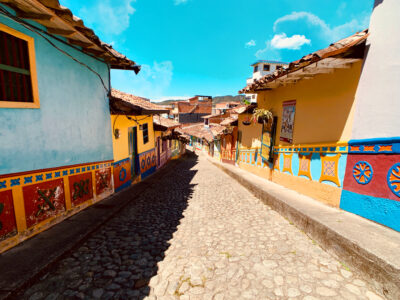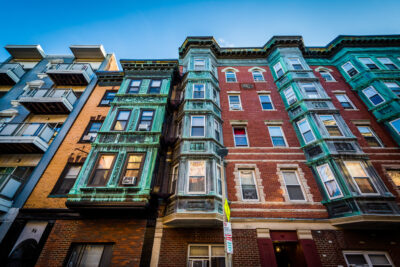
PRACTICAL GUIDE
Do's and Don'ts for travelling in Saudi
Saudi is transforming its offering for tourists and is set to become an exciting
option for travellers...
Words by Alice Morrison
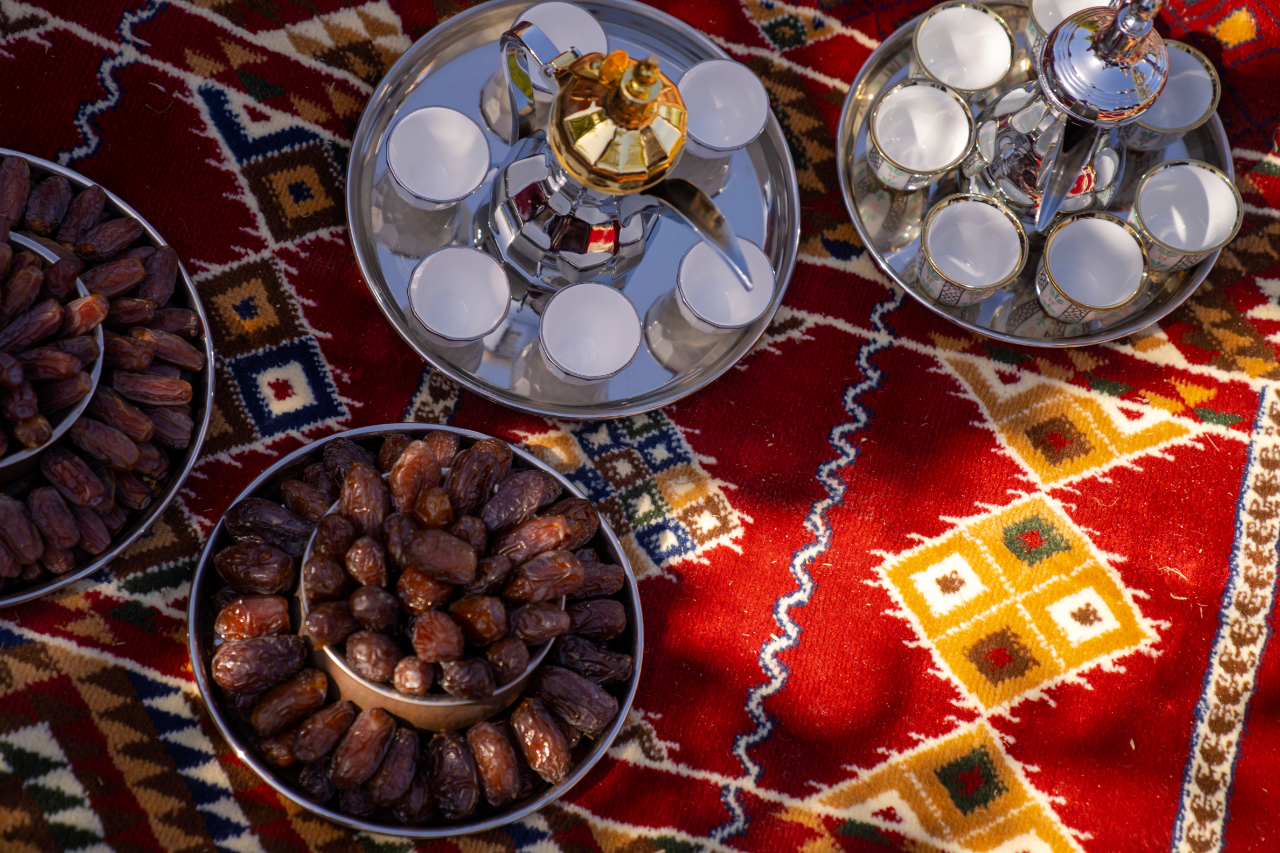
Male/female
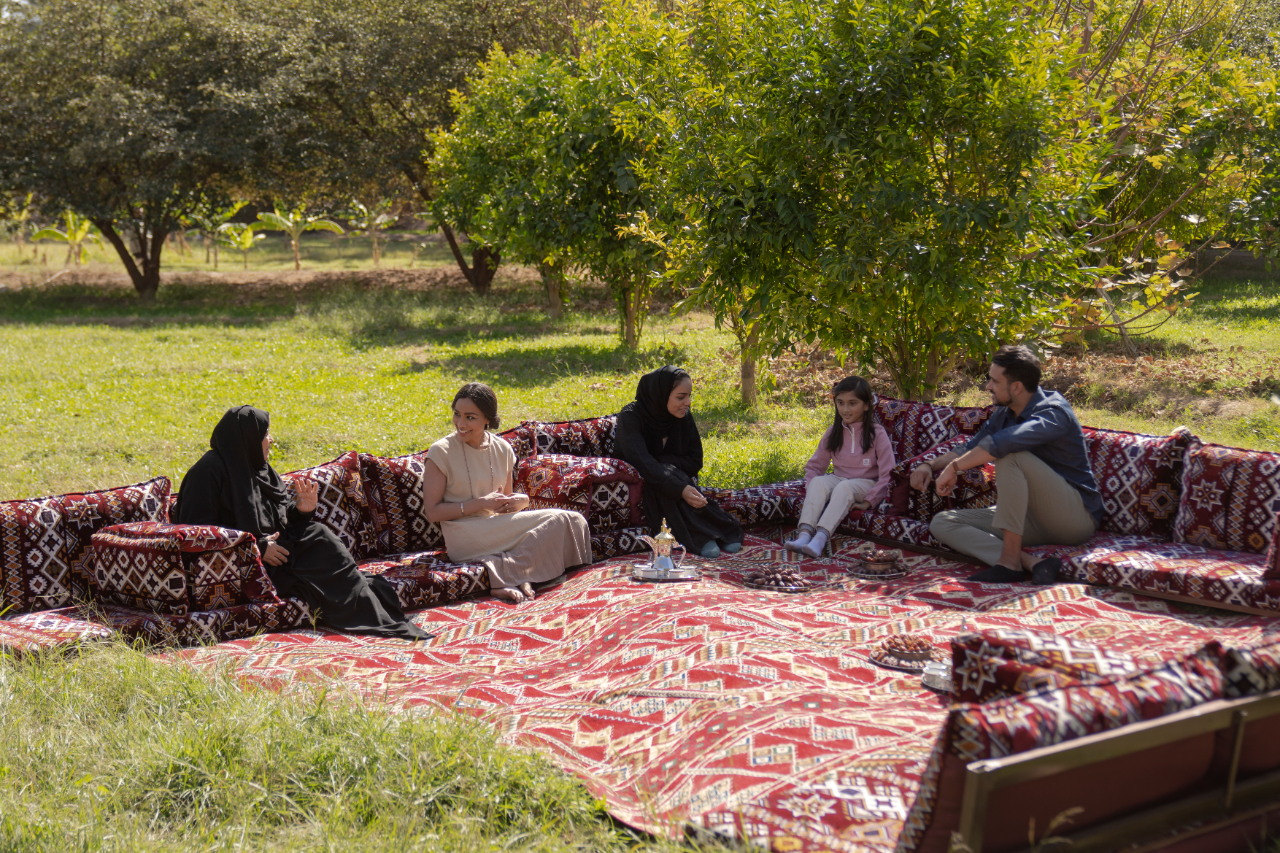
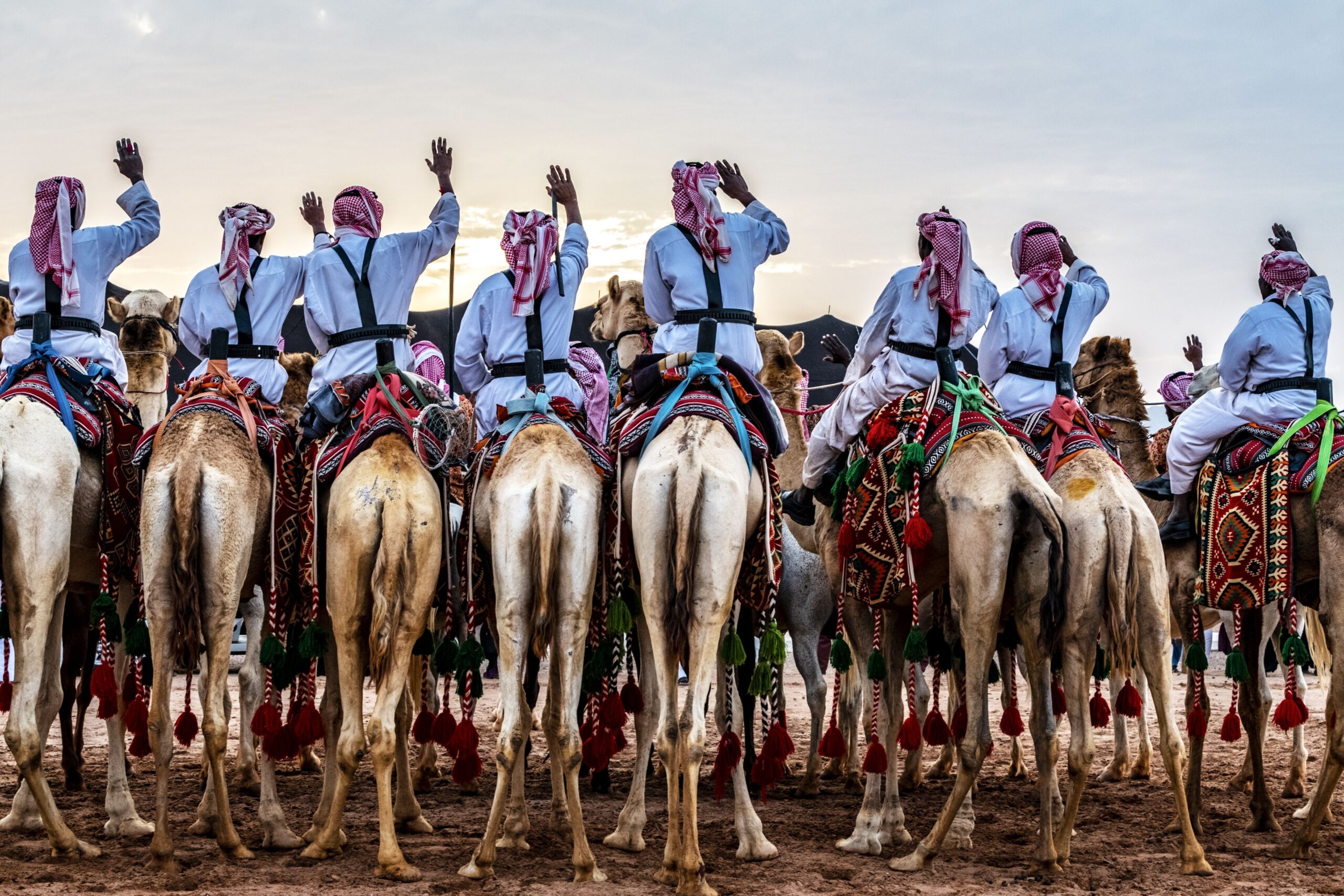
Clothing
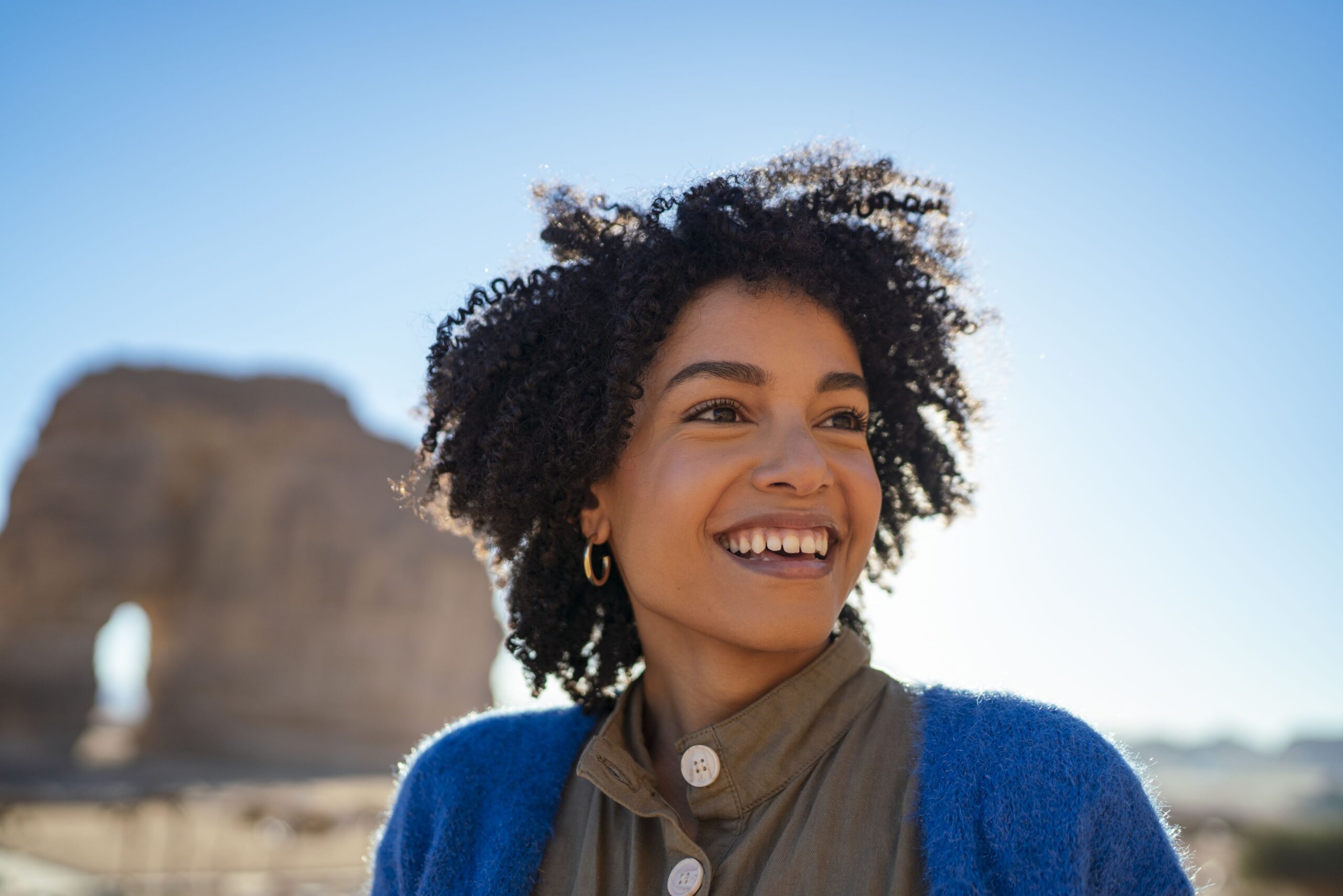
5
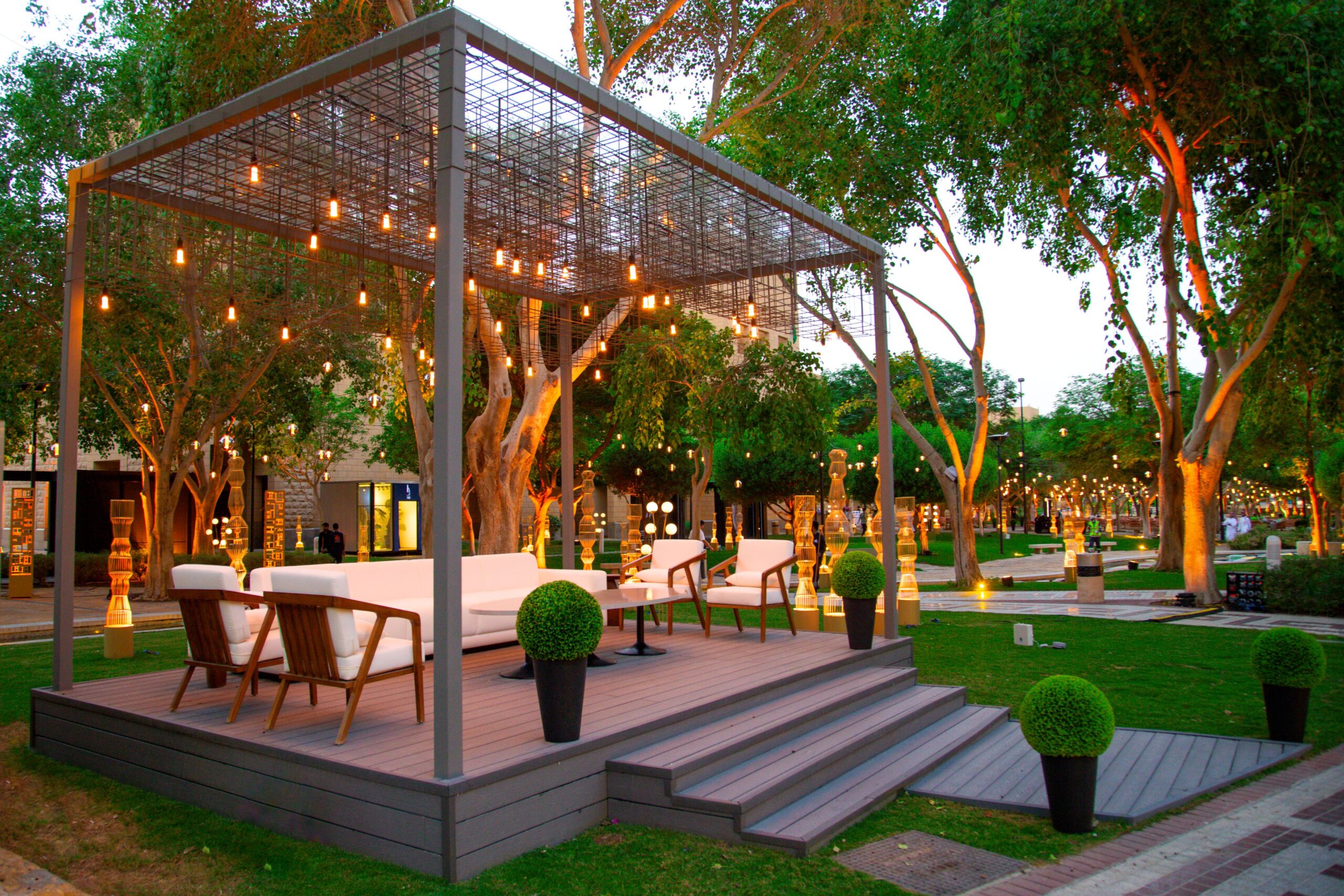
6
Most Saudis speak English and many of them have spent time or been educated in the USA and Europe, especially the younger generation. Showing you have made an effort to learn a few Arabic phrases, though, will win you many brownie points.
When you meet someone: Salaam alaykum – peace be upon you
Answer: Wa alaykum salaam – and upon you be peace
How are you?: Kayf halak? (for a man) Kayf halik? (for a woman)
Answer: Zayn, alhamdullilah – Good, Thanks be to God
Tayeb – good – works for many other things (food, the view etc) and alhamdullilah is the most useful phrase in Arabic as you can use it to answer so many questions, ‘How was your trip?’ alhamdullilah. ‘Have you eaten enough?’ alhamdullilah.
Thank you: Shukran.
Goodbye: Maa salaama – (go) with peace
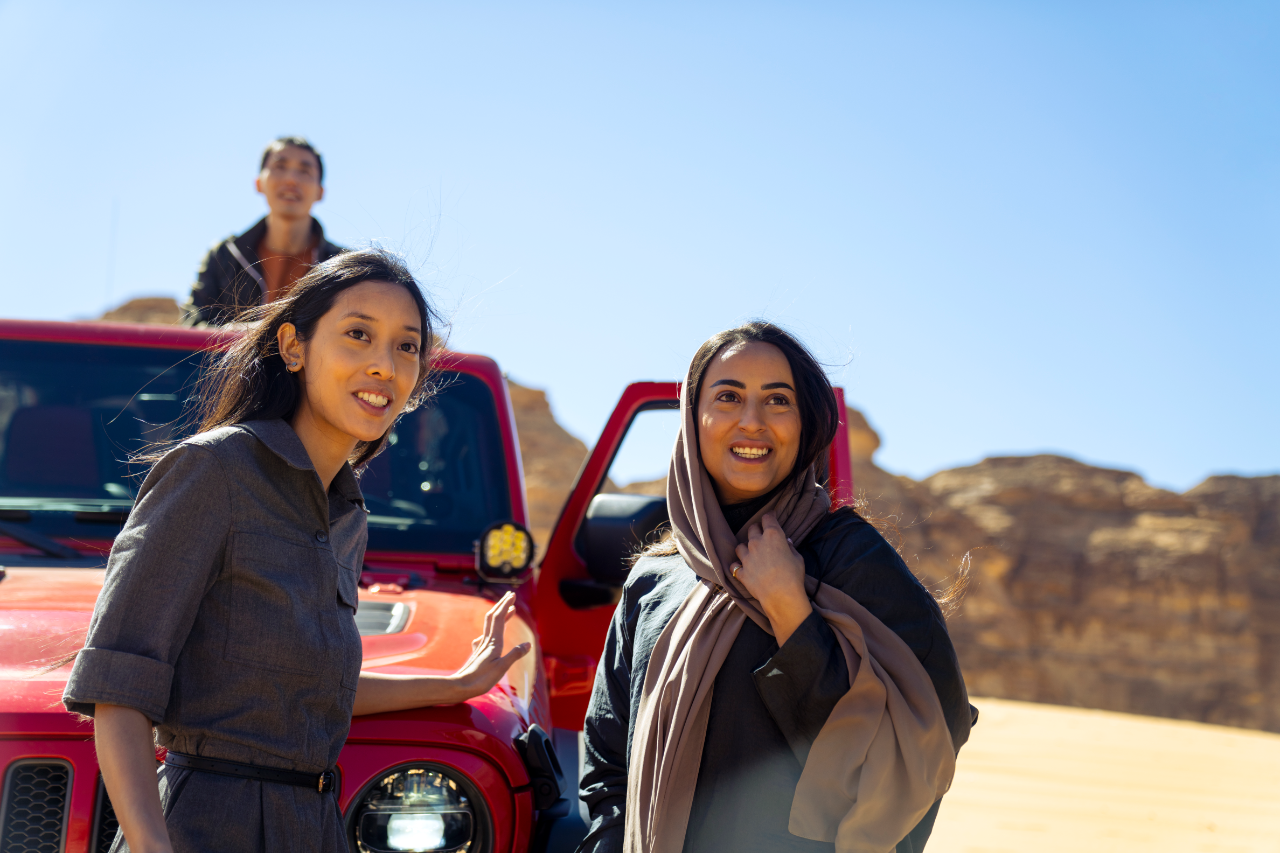
Practical information

Visas
It’s surprisingly simple and easy to get an e-Visa for Saudi and the process is very similar to applying for an ESTA for the USA. Over 50 nationalities are eligible to apply for an e-Visa, including people from the UK and USA, with it costing (at the time of writing) 535 Saudi riyals (about £115 or US$143). Applications are swift and nearly all applicants will receive a response within three working days – most within 24 hours. To apply for your Saudi e-Visa, visit the official Saudi Tourism Authority website. If you’re from the USA, UK or the Schengen Area, you can also apply for a visa on arrival into Saudi. It’s slightly cheaper than an e-Visa, too, at SAR480 (about £102 or US$128).

Getting there & around

Local customs
To really embrace Saudi life and pay respect towards its traditions, there are a few local customs you should abide when travelling around the country. Both men and women should wear clothing that covers their elbows and below their knees when out in public. If you’re heading to the coast, it’s still expected you dress modestly. When meeting and greeting locals, whether it’s a market stallholder or a private guide, say hello with ‘salam alaykum’, which means ‘peace be upon you’, as well as offering a handshake.

Weather
You might think it’s hot all year round in Saudi but it’s a little more nuanced than that. The best time to visit Riyadh is between October and March, when temperatures can dip as low as 20°C during the daytime and rarely exceed 30°C. Summer months in Riyadh can get extremely hot, with temperatures often above 40°C between June and September.
Is English spoken in Saudi?
Arabic is the official national language but English is widely spoken.
What is the currency of Saudi?
The currency of Saudi is the riyal, with the current rate (at the time of writing), around SAR4.76 to the UK£. You’ll need to pre-order money before you travel, as in the UK it’s not usually stocked in currency exchange booths.
What’s it like travelling in Saudi as a female?
We think you’d be surprised! To find out more, read our first-hand account on what it’s like to travel in Saudi.
What’s the time difference in Saudi?
Saudi follows Arabia Standard Time (GMT +3) all year round.

Want to see more of Saudi?
We've given you a taster of what Saudi is really like, now it's time for you discover the country in greater detail and plan your own Arabian adventure there...

PRACTICAL GUIDE
Do's and Don'ts for travelling in Saudi
Saudi is transforming its offering for tourists and is set to become an exciting
option for travellers...
Words by Alice Morrison

Male/female


Clothing

5

6
Most Saudis speak English and many of them have spent time or been educated in the USA and Europe, especially the younger generation. Showing you have made an effort to learn a few Arabic phrases, though, will win you many brownie points.
When you meet someone: Salaam alaykum – peace be upon you
Answer: Wa alaykum salaam – and upon you be peace
How are you?: Kayf halak? (for a man) Kayf halik? (for a woman)
Answer: Zayn, alhamdullilah – Good, Thanks be to God
Tayeb – good – works for many other things (food, the view etc) and alhamdullilah is the most useful phrase in Arabic as you can use it to answer so many questions, ‘How was your trip?’ alhamdullilah. ‘Have you eaten enough?’ alhamdullilah.
Thank you: Shukran.
Goodbye: Maa salaama – (go) with peace

Practical information

Visas
It’s surprisingly simple and easy to get an e-Visa for Saudi and the process is very similar to applying for an ESTA for the USA. Over 50 nationalities are eligible to apply for an e-Visa, including people from the UK and USA, with it costing (at the time of writing) 535 Saudi riyals (about £115 or US$143). Applications are swift and nearly all applicants will receive a response within three working days – most within 24 hours. To apply for your Saudi e-Visa, visit the official Saudi Tourism Authority website. If you’re from the USA, UK or the Schengen Area, you can also apply for a visa on arrival into Saudi. It’s slightly cheaper than an e-Visa, too, at SAR480 (about £102 or US$128).

Getting there & around

Local customs
To really embrace Saudi life and pay respect towards its traditions, there are a few local customs you should abide when travelling around the country. Both men and women should wear clothing that covers their elbows and below their knees when out in public. If you’re heading to the coast, it’s still expected you dress modestly. When meeting and greeting locals, whether it’s a market stallholder or a private guide, say hello with ‘salam alaykum’, which means ‘peace be upon you’, as well as offering a handshake.

Weather
You might think it’s hot all year round in Saudi but it’s a little more nuanced than that. The best time to visit Riyadh is between October and March, when temperatures can dip as low as 20°C during the daytime and rarely exceed 30°C. Summer months in Riyadh can get extremely hot, with temperatures often above 40°C between June and September.
Is English spoken in Saudi?
Arabic is the official national language but English is widely spoken.
What is the currency of Saudi?
The currency of Saudi is the riyal, with the current rate (at the time of writing), around SAR4.76 to the UK£. You’ll need to pre-order money before you travel, as in the UK it’s not usually stocked in currency exchange booths.
What’s it like travelling in Saudi as a female?
We think you’d be surprised! To find out more, read our first-hand account on what it’s like to travel in Saudi.
What’s the time difference in Saudi?
Saudi follows Arabia Standard Time (GMT +3) all year round.














